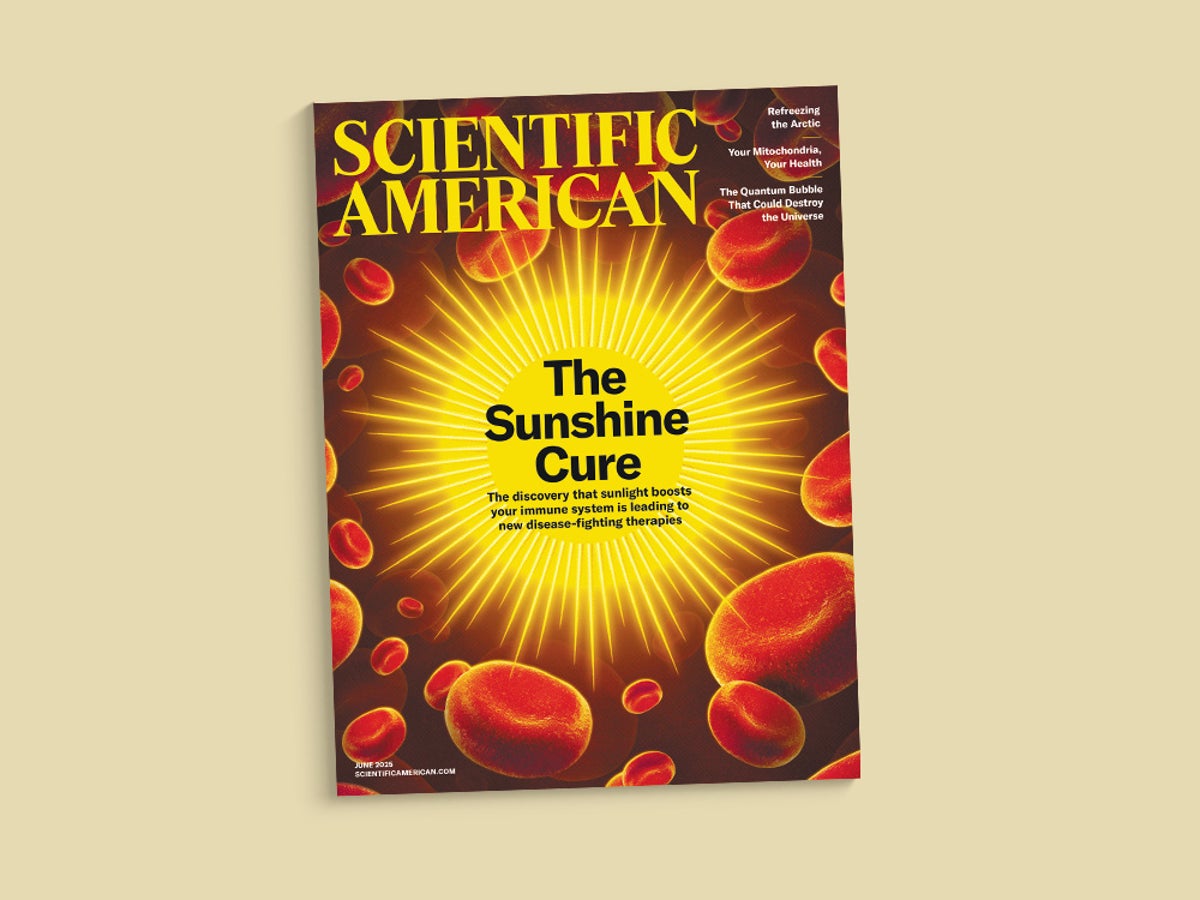
"We flock to beaches for it, cats and other animals bask in it, the quality of photographs lives and dies by it, and a person's mood (and vitamin D level) gets a boost from it."
"Kathy Reagan Young, diagnosed with multiple sclerosis in 2008, experiences nearly vanished symptoms after daily phototherapy, describing her journey as a UV-fueled rebirth."
"Rather than taking in warming sunbeams, some researchers want to repel them and turn down global temperatures by refreezing a swath of Arctic ice."
"The gargantuan geoengineering project would require half a million underwater drones to pull water from below the melting ice cap and spray it onto the surface."
The June 2025 issue of Scientific American explores significant advancements in understanding the therapeutic roles of sunlight, particularly in treating autoimmune diseases like multiple sclerosis (MS). Through phototherapy, patients like Kathy Reagan Young report substantial recovery from symptoms, suggesting sunlight's potential healing properties. Additionally, the issue presents geoengineering strategies aimed at combating climate change, specifically a plan to refreeze Arctic ice using underwater drones. This ambitious project, albeit controversial, represents a novel approach to addressing global warming's impacts through innovative science.
Read at www.scientificamerican.com
Unable to calculate read time
Collection
[
|
...
]